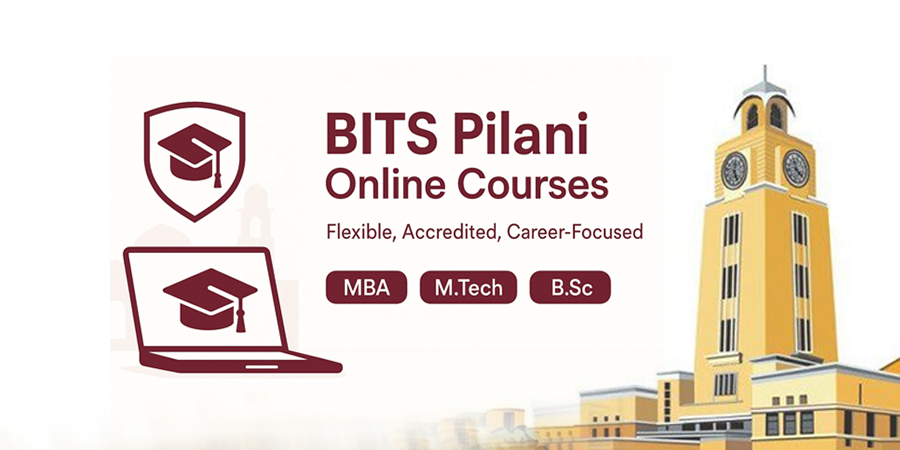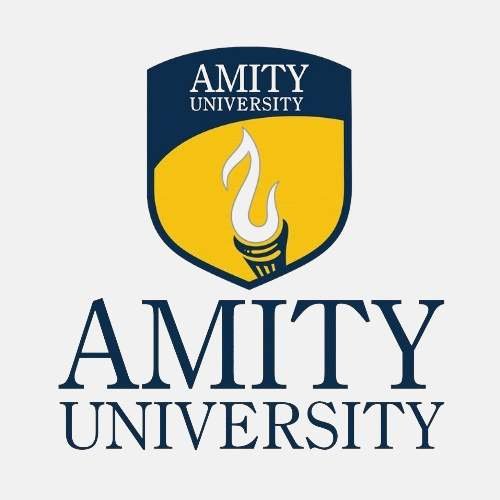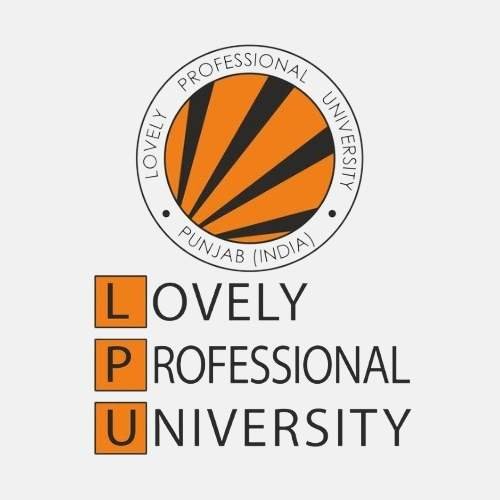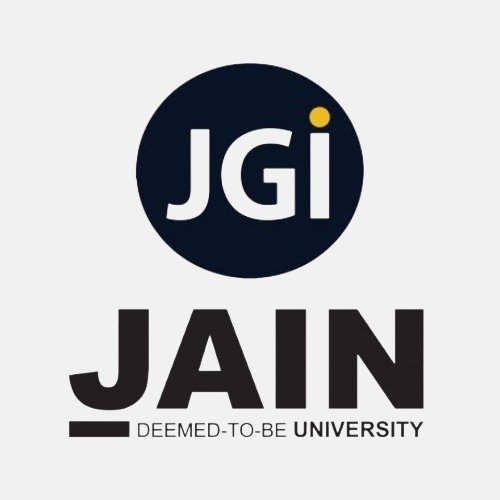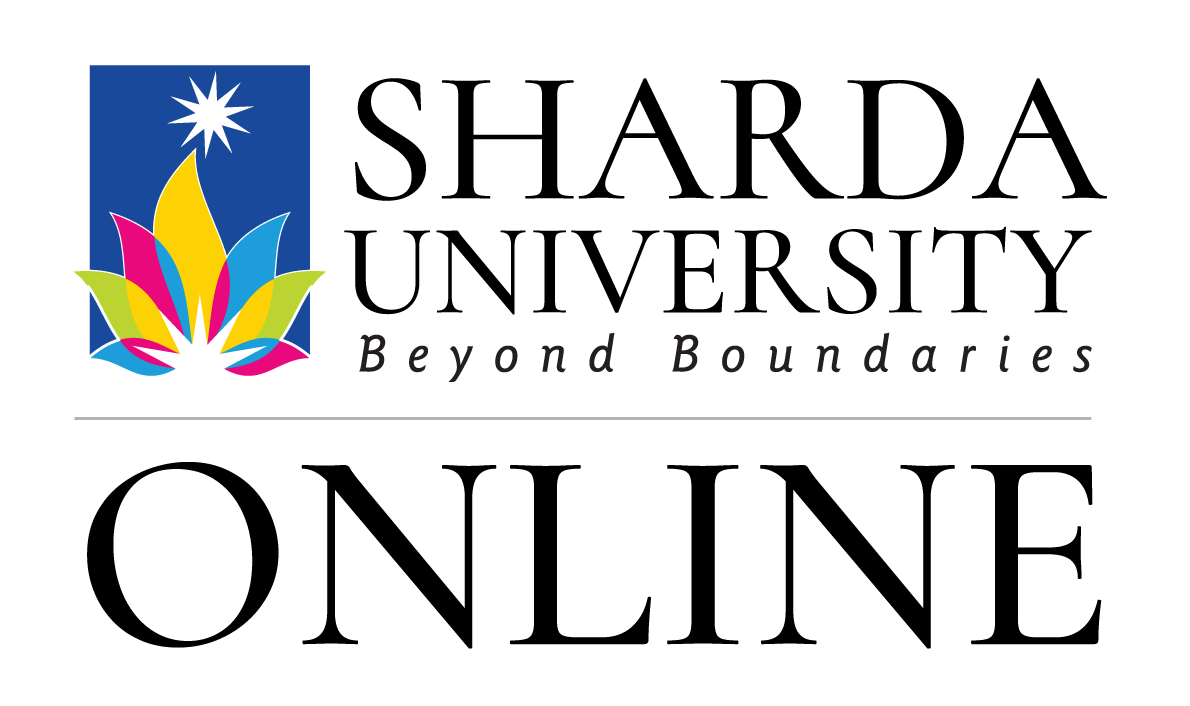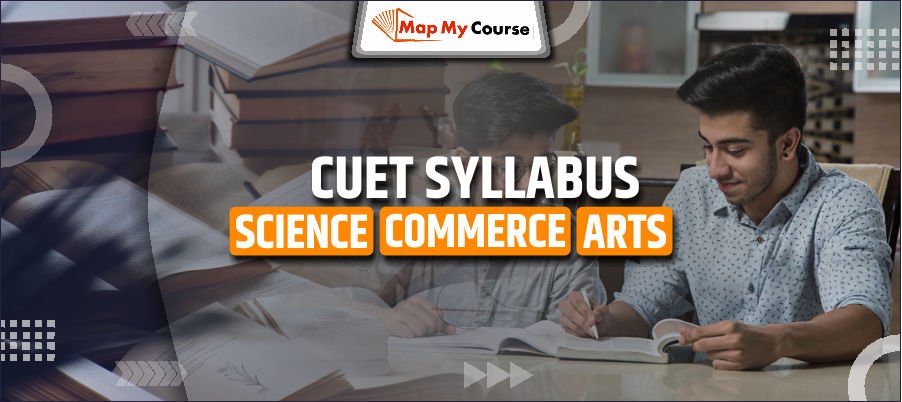So, you cleared your 12th boards and are now thinking about further studies, but you are feeling stressed about many entrance exams. Then let me tell you that taking admission in most of the UG courses is now easy. You need to appear for the CUET UG exam to become eligible for admission in almost every central university in India, as well as many state universities in India.
Preparing for CUET 2025 can feel a bit tough at first, especially when you are trying to figure out what exactly you need to study. But don’t worry if you are familiar with the CUET syllabus 2025, then it will help you throughout your preparation journey.
But if you are not aware of the syllabus, then don’t worry, today we are going to discuss the CUET syllabus 2025, the exam pattern of the CUET UG and also we will give you some preparation tips.
Why Is the CUET Exam Important?
- Single Entrance Test for Multiple Universities
CUET examination is a single entrance test for multiple universities. Earlier, every university had its own entrance exam and students needed to appear for different entrance exams, but with the CUET examination, it has become easy to take admission in universities. It saves time and effort in the application process.
- Fair and Transparent Admission Process
Since the exam is centralised and conducted by the NTA. It makes sure that every candidate gets a fair chance of admission regardless of the location and background of the student. This exam reduces all the biases in the admission process.
- Wide Range of Courses and Universities
The CUET scores are widely accepted by many reputed universities offering different courses in science, commerce, and humanities streams, which can give you many options for your academic career.
- Increased Competition and Recognition
As more universities adopt CUET, performing well in this exam becomes crucial to secure seats in top institutions, making it a key step in your academic journey.
CUET 2025 Exam: Overview
Particulars | Details |
Exam Name | Common University Entrance Test (CUET) – Undergraduate |
Conducting Body | National Testing Agency (NTA) |
Examination Level | National-level Entrance Exam |
Exam Mode | Computer-Based Test (CBT) |
Number of Slots | 2 slots per day (Slot 1 and Slot 2) |
Nature of Questions | Objective type – Multiple Choice Questions (MCQs) |
CUET Sections | Section I: Language Section II: Domain Subjects Section III: General Test |
Marking Scheme |
|
Negative Marking | Yes |
Medium of CUET Exam | 13 languages (including English and Hindi) |
Number of Domain Subjects (Revised) | 26 Domain Subjects |
CUET UG Syllabus 2025
The CUET UG syllabus is almost based on the NCERT syllabus of class 12th. So, it will become very easy to familiarise oneself with the exam syllabus. However, it is still important to understand about different sections of the examination. Below is the table mentioning different sections of the paper:
Sections | Name of the section | Syllabus in Brief |
Section I | Languages |
|
Section II | Domain Subjects | Complete class 12th NCERT syllabus |
Section III | General Aptitude Test |
|
Section-Wise Syllabus of CUET UG 2025
Section I: Languages
This section is designed to check your proficiency in the chosen language by the candidate. Below is the detailed syllabus and list of languages in which a candidate can choose:
Subject Code | CUET Languages |
101 | |
102 | |
103 | |
104 | |
105 | |
106 | |
107 | |
108 | |
109 | |
110 | |
111 | |
112 | |
113 |
CUET UG Language Syllabus
- Reading Comprehension:
There will be three types of passages (maximum 300 words)
- Factual
- Narrative
- Literary
- Verbal Ability:
- Rearranging the parts
- Synonyms and Antonyms
- Choosing the correct word
- Vocabulary
Section II: Domain Specific
This section is specifically designed to test your domain knowledge. Every candidate can choose up to 5 subjects while filling out the application form. Candidates can choose any subject, they just need to meet the eligibility criteria of the UG course they want to pursue. Below is the list of 26 domain subjects along with the syllabus:
Subject Code | CUET Subjects |
301 | |
302 | |
303 | |
304 | |
305 | |
306 | |
307 | |
308 | |
309 | |
310 | |
311 | |
312 | |
313 | |
314 | |
315 | |
316 | |
317 | |
318 | |
319 | |
320 | |
321 | |
322 | |
323 |
CUET UG Domain Specific Syllabus
CUET Domain Specific Subjects | Syllabus |
Accountancy / Book-Keeping |
|
Agriculture |
|
Anthropology |
|
Biology/ Biological Science/ Biotechnology /Biochemistry |
|
Business Studies |
|
Chemistry |
|
Environmental Science |
|
Computer Science / Information Practices |
|
Economics / Business Economics | Introductory Microeconomics Introductory Macroeconomics |
Fine Arts/Visual Arts/Commercial Arts | The Rajasthani and Pahari Schools of Miniature Painting
|
Geography / Geology |
|
History |
|
Home Science |
|
Knowledge Tradition-Practices in India |
|
Mass Media / Mass Communication |
|
Mathematics / Applied Mathematics |
|
Performing Arts – (Dance, Drama and Music) |
|
Physical Education (Yoga, Sports) |
|
Physics |
|
Political Science |
|
Psychology |
|
Sanskrit |
|
Sociology |
|
Section III: General Aptitude Test
This section checks your general knowledge, reasoning, and mathematical ability. Here are the key topics:
General Knowledge Topics |
|
General Mental Ability & Numerical Ability |
|
Quantitative Reasoning | Simple concepts related to:
|
Logical and Analytical Reasoning | Series
|
Current Affairs | Stay updated on national and international events, politics, economy, and more.
|
CUET Exam Pattern 2025
Section | No. of Questions | Duration |
Section I: Language | 50 Questions | 60 Minutes |
Section II: Domain Subjects | 50 Questions | 60 Minutes |
Section III: General Test | 50 Questions | 60 Minutes |
Marking Scheme: CUET 2025
- Candidate will get 5 marks for the each correct answer.
- One marks will be deducted for every incorrect answer.
- No marks will be given for un-attempted questions.
- In case more than one option is correct, then 5 marks will be given to candidates who have selected any of the options.
- In case all options are correct, then five marks will be given to candidates who attempted the question.
- If no options are incorrect or the question has an error, then 5 marks will be given to all candidates who have attempted the question.
How to Prepare for CUET UG 2025: Practical Tips
- Understand the Syllabus: The first step is to read the entire syllabus and understand the pattern.
- Create a Smart Study Plan: Now you need to create a practical and effective study plan that you can follow, give more time to the tough topics while also practising the easy topics, also your schedule must include time for theory, practice and revision sessions.
- Solve Mock Tests & Past Papers: While preparing, you can solve mock tests and previous year papers. This helps you to improve your speed, accuracy and time management, and boosts your confidence.
- Manage Your Time Well: Break your study hours into smaller parts. During the exam, don’t waste time on tough questions—move ahead and come back later.
- Revise Often: Use short notes or flashcards for quick revisions. Weekly revisions and solving topic-wise questions can improve memory and understanding.
- Stay Positive & Take Breaks: Short breaks between study sessions help you stay fresh. Also, get proper sleep and eat well to stay focused and healthy during preparation.
Relatable Blogs
Last Words
Preparing for CUET UG 2025 may feel tough, but with the right plan and regular practice, you can easily crack this exam. Start by understanding the CUET syllabus 2025, focus on the important topics, and revise regularly to keep everything fresh in your mind.
This exam opens doors to some of the top central universities in India, so take it seriously, but don’t let the pressure get to you. Stay calm, stay focused, and keep moving forward—one step at a time.
FAQs
Q.1 Where can I find the official CUET syllabus 2025?
Ans. The official syllabus is available on the NTA website and university portals conducting the CUET exam.
Q.2 Is the syllabus of CUET PG 2025 changed?
Ans. Yes, NTA has added some new topics in the CUET PG MCA syllabus for the academic session 2025-2026.
Q.3 Is NCERT enough for CUET UG 2025?
Ans. Yes, focusing on NCERT textbooks can be a very effective strategy for CUET UG 2025 preparation, especially for the domain-specific subjects.
Q.4 What are the best study materials for CUET 2025?
Ans. Recommended study materials for CUET 2025 include NCERT textbooks, online resources, and practice papers.
Q.5 Is the CUET syllabus 2025 the same for all universities?
Ans. While the core subjects may be similar, the specific syllabus and weightage may vary depending on the university and program.







